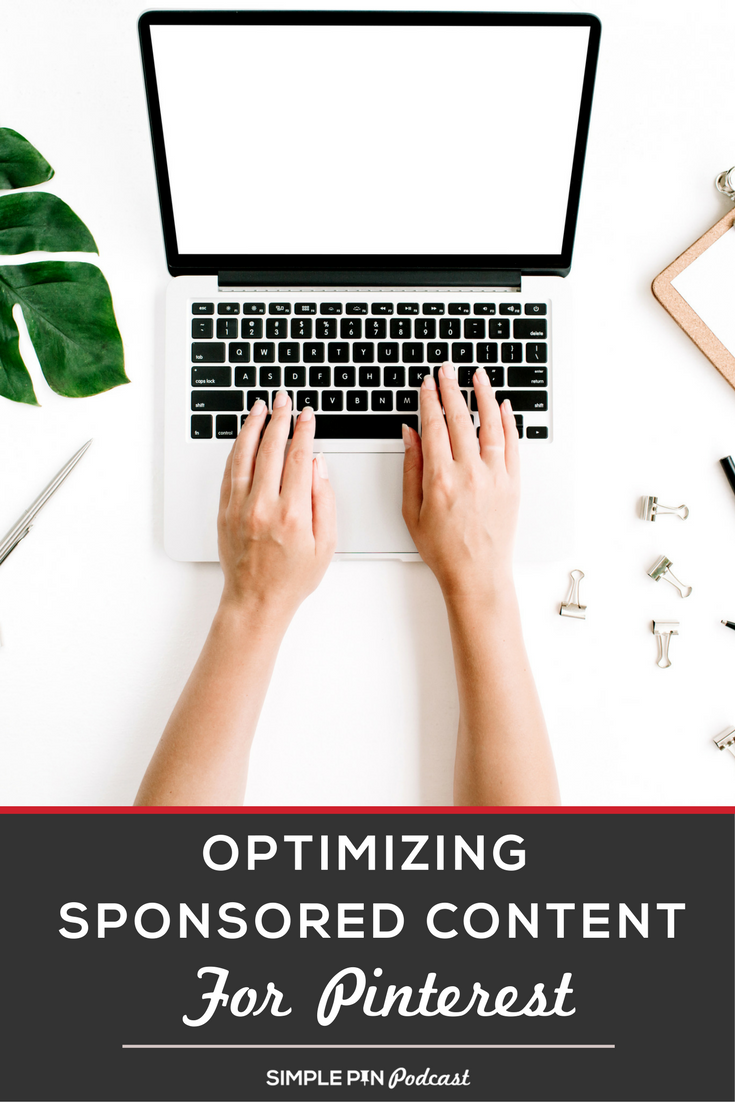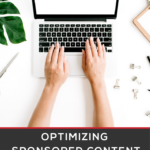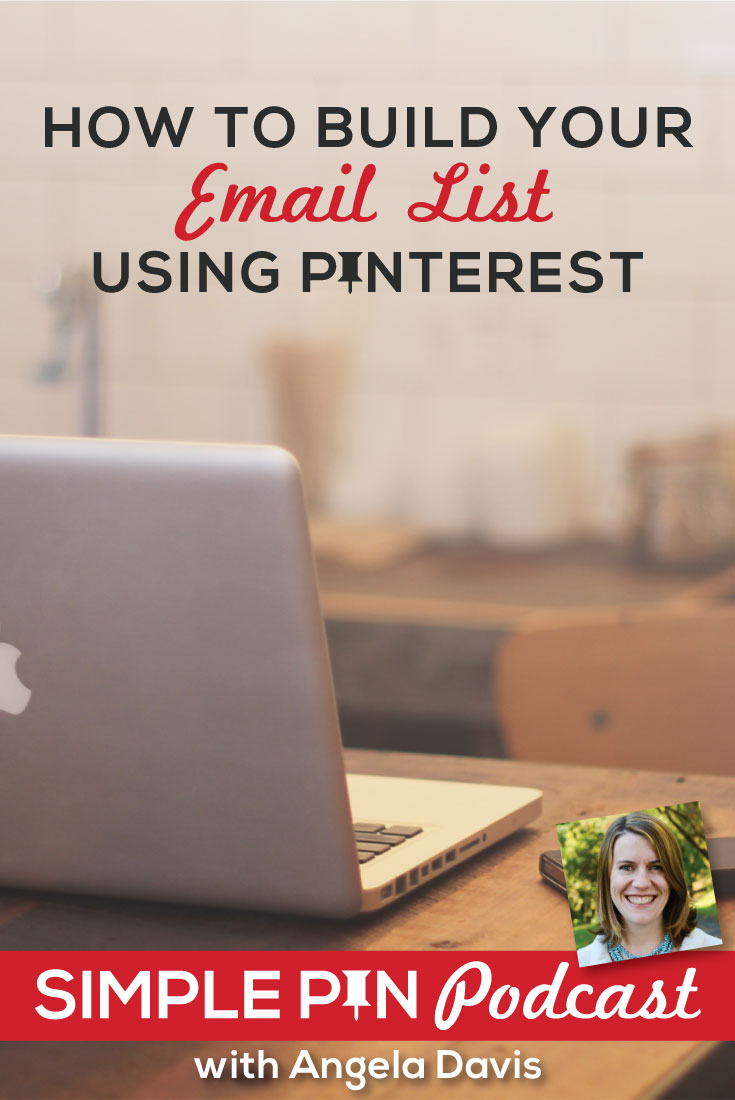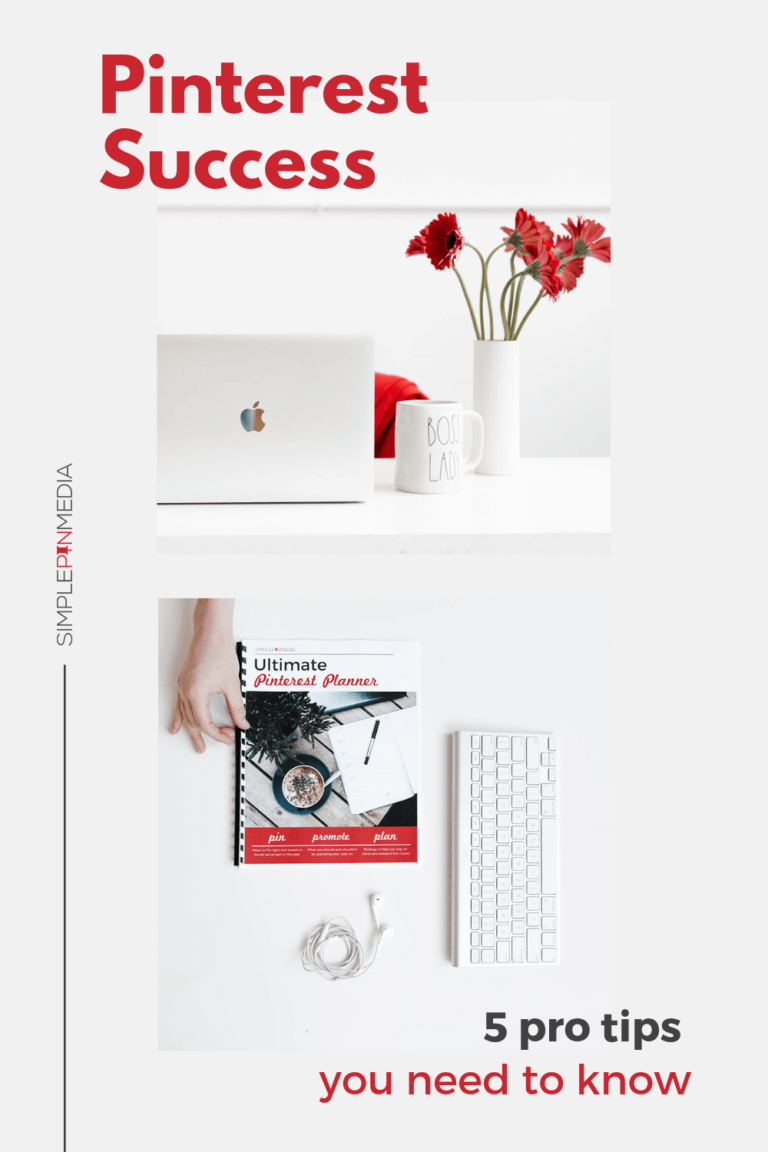Today we are going to be talking all about working with brands and Pinterest. I get a lot of questions about whether more followers are needed to get brands to recognize you, if sponsored content is best, what all of it looks like, etc… How do you appeal to both your brand and your target audience? Is it even possible? Well, I decided to bring Jenny Melrose in today to talk about sponsored content with me.

This post contains affiliate links, which means if you make a purchase through these links, I may receive a small commission at no extra cost to you. Click here to read my full disclosure policy.
Jenny started out blogging 8 years ago at The Melrose Family, where she creates quick and easy recipes and projects for busy families. She was working full-time as a school teacher and had two little ones. She started trying to find ways to monetize her blog because she was realizing that teaching was changing and she didn’t want to be a teacher for forever.
Jenny was most comfortable when she had the opportunity to do a sponsored post. You might be scratching your head and thinking, “excuse me?”, but for Jenny sponsored posts were a challenge that she loved to tackle. She challenged herself to turn sponsored work into a piece of content that her audience loved. Jenny was so successful with sponsored work that she was soon able to replace her teaching salary.
Her family eventually moved from New York to North Carolina. At the time she made the move, Jenny was receiving a ton of questions about how she was making money from working with brands. Her teaching background helped her to effectively start teaching others about the strategic process she uses to make it all happen. She eventually created her well-known course Pitch Perfect Pro as a vehicle for helping other bloggers rock their sponsored content.
Knowing Your Brands and Avatar
Jenny works with brands that she uses and loves. If a brand reaches out to her that she isn’t familiar with, she’ll make herself familiar before agreeing to work with them, since her goal is to be comfortable with the people and products she’s working with. She also knows her avatar and her target audience very well. Jenny describes your “avatar” as a combination of two people: your best friend and yourself from about two years ago. The best friend part is super important in sponsored work because if your best friend is like ours, she’ll 100% call you out and say “yeah, you probably wouldn’t actually say that.”
Having a detailed avatar is super important, according to Jenny. For example, her avatar is a 30-something-year-old mom who:
- lives in New Jersey and commutes to New York for work
- has a daughter and wants to create as many meaningful memories with her as possible
- loves providing her family with healthy meal choices.
For Jenny, everything goes through the “avatar filter”. She asks herself,
Would 36-year-old, NJ mom like this product?
If the answer is NO, it’s a no-go.
Or you just have to get super creative in how you push the product.
The overarching question is: Does this product really help my target audience? Does this help my person do their job better, or does it make them feel more overwhelmed?
It’s not just about throwing up a post. Everything has to tie back to your avatar.
You have to think intentionally about your avatar and whether or not your post will benefit them. — Jenny Melrose
Optimizing Sponsored Content for Pinterest
So is the avatar on your site the same as a Pinterest follower? Are those the same type of people?
Overall, Jenny says that they are pretty close. If you’re targeting 30-year old-moms with recipes on your blog, you’re likely to get traffic on Pinterest that are 25-45-year old women looking for recipes. So it’s a bit of a larger age range and maybe they aren’t all working moms, but it’s close.
Let’s say you’ve secured some work with a brand and you’re working on creating the post. What’s the process you should follow to make sure that this post works for your blog, is optimized for Pinterest and getting the maximum amount of exposure? In other words? How can sponsored content serve multiple purposes?
First, Jenny says you MUST have a beautiful image. It is absolutely necessary. Next, she says you need to pay a lot of attention to keyword research. Jenny uses SEMRush to do all her research and to make sure that whatever she is looking for has a keyword she can rank for. If a keyword is getting searched for on Google, it’ll be searched for on Pinterest as well.
Let’s say that you have an Instant Pot Beef Barley Soup recipe. Maybe, that’s not a popular keyword, but Beef Barley Soup might be. You’d be wise to make Beef Barley Soup part of the pinnable, the description, and the keywords, as well as include it in your image name. Jenny uses WPTasty for her pin descriptions,. which we talked about with Bjork in this episode.
Disclosing Sponsored Content
A lot of people have asked if they have to disclose that a post is sponsored in the pin description. Jenny always uses #ad across the board. It doesn’t look odd, especially now that Pinterest is using hashtags. And you shouldn’t feel ashamed of working with a brand! You should be proud that you’re representing a brand. All too often we try to hide the fact that we’re working with a brand. But think of it this way — If they respect you and your site enough to work with you, you should be proud of that.
Remember, if you are authentic and you have your own voice, working with a brand is not selling out.

Tips for Starting Out with Brands
Let’s say you’re starting out at the very beginning and trying to get brands to notice you. The one question that always comes up is:
Do brands care how many followers I have?
Jenny says to answer that question with a question. Does the number of followers you have play a huge part in the grand scheme of things now, with how keywords work? Not really. What really crucial is knowing your audience.
The brands will ask how many followers you have in order to decide how much to pay you, but what they really care about is how well you know your audience. They want to know what your people are coming to you for and even where they live. It makes no sense to talk about a store that only exists in the northern part of the country if your audience lives primarily the south. You have have a firm understanding of your analytics and know what is driving traffic to your site. Don’t sell out and do something that doesn’t make sense or align with your audience.
The sky doesn’t magically open up to angels singing when you finally have enough page views to work with a brand. That’s not how it works. Five years ago, Jenny’s page views were double what they are now (mostly because of all the algorithm changes), but she makes more money now.
When Brands Don’t Understand Pinterest
Sometimes brands have a hard time wrapping their brains around how Pinterest works because it is different from Instagram or Facebook. Brands might be looking for “impressions” and that’s really hard to track on Pinterest unless you’re using a UTM code. The most important thing you can do to leverage Pinterest is to create a pinnable image for your content that you know will drive traffic to the sponsored content. Not all brands will understand that, but a lot of them are getting to the place where you can create relationships with them and then deliver the content that ends in people buying the product.
Related – Pinterest KPIs: How to Measure Your Success
After you pitch a post, you’re not done. When you work with a brand, it’s vital to continue building the relationship — go above and beyond, provide additional data, ask questions.You have to continue to over-deliver in order to make yourself valuable to the brand. You’ll find that as you build relationships with brands, your income becomes more consistent as they hire you for repeat work.
You’re not just trying to appease the brand. You’re trying to get some of the people who view the post to sign up for your email list or check you out on social media platforms and become a part of your audience. You should be benefiting aside from whatever monetary gain you have from the sponsored content.
The more you pin, the more you benefit!
Sponsored Content & Pinterest: Final Questions
As a person who really wants to work with a brand, is there something you can do to connect with them on Pinterest? Jenny says it’s better to connect with the brand elsewhere.
She says that Instagram stories are the way to go. Brands are always looking on Instagram for potential influencers to partner with. As soon as you mention a brand in your story, it goes directly to their inbox. On the other hand, Pinterest notifications are a lot less effective for getting a brand’s attention. Pinterest is a traffic-driving platform, whereas Instagram is the platform for engagement. In fact, we often joke that Pinterest is the introvert’s platform since it’s not really built for interaction. It’s really not a social media network at all, despite common thinking.
The bottom line – If you’re going to do sponsored work, make sure that it serves multiple purposes. It needs to benefit not only the brand, but also your avatar, and your social media platforms.
Where to connect with Jenny Melrose:
Time Stamp:
Intro
4:45 – Knowing Your Brands and Avatar
10:50 – Connecting Pinterest
16:30 – Disclosing Sponsored Content
21:15 – Starting Out
24:30 – Brands Don’t Understand Pinterest
31:55 – Final Questions








Hi Kate and Jenny,
This is a very informative article that should be read more than once to fully grasp its value.
You have defined avatar in a very interesting way. It is worth noting that the effectiveness of one’s efforts flow directly from it.
Also the question of disclosing sponsored content guides us in the right direction. It is really worth remembering that authenticity is the key.
Thanks for sharing the valuable insights with us. Have a great day!
-Naveen
“If a keyword is getting searched for on Google, it’ll be searched for on Pinterest as well.”
I imagine this is true in many niches, but not all. I have keywords that get tons of Google traffic but tank on Pinterest.
Pinterest is a goldmine.
Pinterest for businesses is an absolute must if you want to see your traffic grow organically without resorting to PPC advertising. While payperclick advertising is effective in reaching new customers, naturally pinning blog posts and web pages with relevant images is a good way to earn steady streams of Pinterest traffic for years to come.
Happy Saturday my friend,
I had to double back to ask a quick question if you have time to answer please. I was wondering by chance if you would happen to have a shortlist of companies who have sponsored content for different publishing platforms like Joomla, WordPress, Drupal, etc. Pinterest is by far the best place for everything because you can test what works and what doesn’t without spending one dime on advertising.
I actually don’t know of any. Mostly just bigger brands with a product.